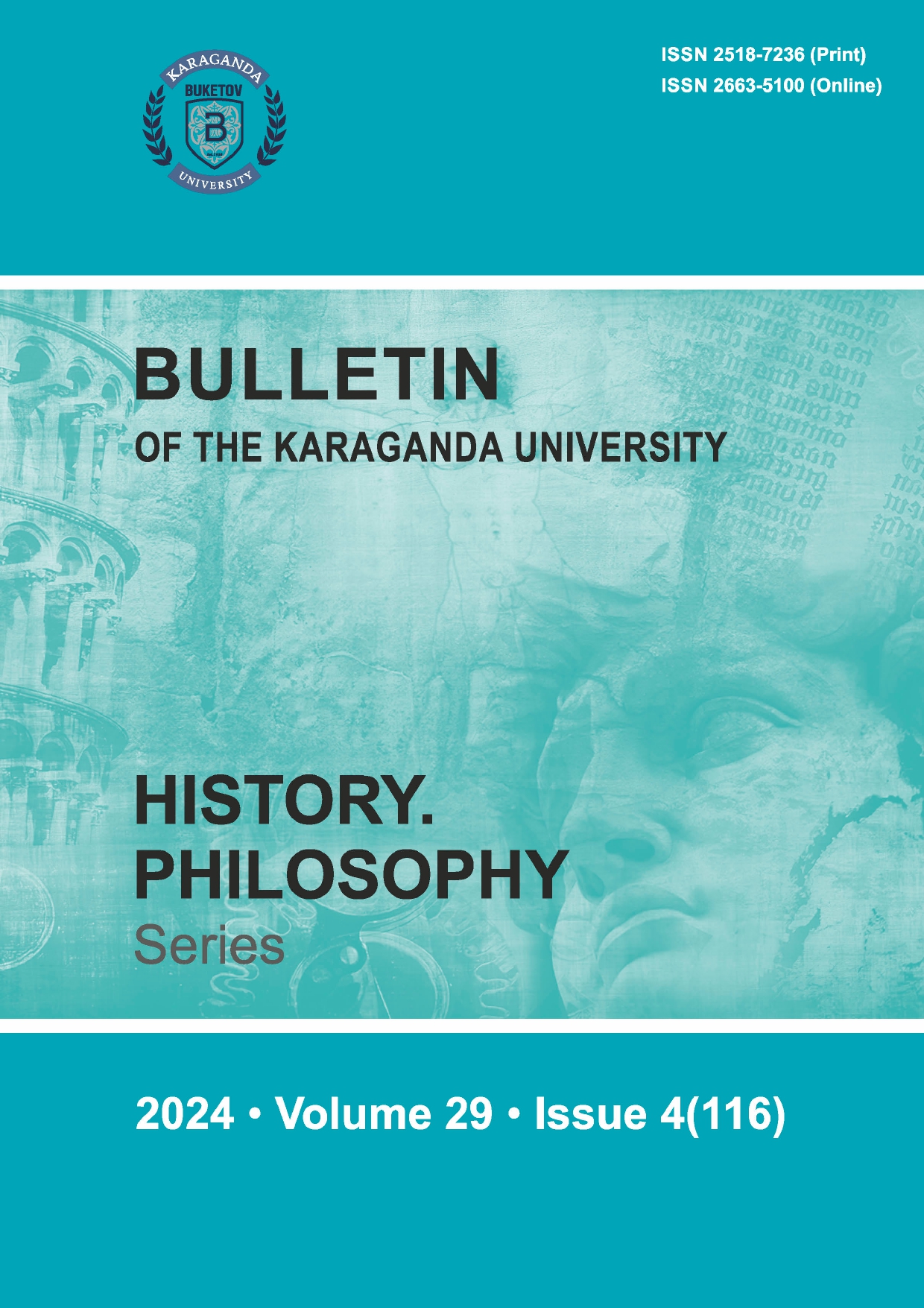Images of a deer on the slabs of the Chemurchek ritual enclosures (Mongolian Altai) and its peculiarities
DOI:
https://doi.org/10.31489/2024hph4/98-113Keywords:
Chemurchek cultural phenomenon, early Bronze Age, petroglyphs, ancient sanctuaries, images of deer, anthropomorphic supernatural creatures, Mongolian Altai, Russian Altai, cultural connectionsAbstract
In 2015–2019, the Russian-Mongolian archaeological expedition led by A.A. Kovalev and Ch. Munkhbayar in the basin of the upper reaches of the Khovd River, near Lake Dayan-Nuur (Bayan-Ulgi aimag of Mongolia) carried out complete excavations of two ritual enclosures of the Chemurchek culture — Khar Chuluut and Hulagash (in plan, 25x35 and 18x31 m, respectively), and excavation has also begun on the third fence — Chuluut Bulag (in plan, about 40x60 m). Excavations have shown that these structures are rectangular fences of latitudinal orientation made of vertically installed, mostly well-processed, stone slabs, entirely decorated on the outside with images of fantastic anthropomorphic creatures, animals, as well as symbolic images. Petrogliphs were also applied to massive stones laid in the center of the Khar Chuluut fence. The excavated structures were built and used as sanctuaries in one period — the second half of the 3rd millennium BC. The article examines images of deer on the slabs of these Chemurchek fences. These drawings, made in a “realistic” manner, silhouette technique with a contour groove, find analogies at the sites of Mongolain and Russian Altai, however, most of similar figures of deer in Altai mountains have only partial filling, in contrast to the Chemurchek petroglyphs, covered with entire filling. Filling of the body with entire piquetage is traced on some figures of deer from the Kalbak-Tash I site, which can be explained by the Chemurchek influence. Here there are two cases of overlapping figures of deer with partial filling with figures with entire filling and one case of the reverse sequence, which emphasizes the synchronicity of the existence of both traditions at a certain stage. Both on the slabs of the Chemurchek sanctuaries and on the rocks of Kalbak-Tash, images of deer (in Kalbak-Tash — with partial filling) are included in compositions with figures of supernatural creatures: common attributes. Archaeological and radiocarbon dating of the Chemurchek sanctuaries make it possible to date the appearance of such compositions in the Altai Mountains to a period no later than the mid-3rd millennium BC.




